Piriformis syndrome is a condition that occurs when the piriformis muscle, located deep in the buttocks, becomes tight or irritated and compresses the sciatic nerve. This compression often leads to pain, tingling, and numbness in the buttocks and down the leg.
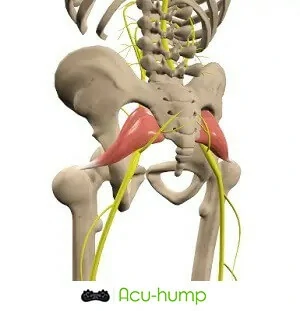
Managing piriformis syndrome requires approaches that includes self-release. Self-piriformis release, a valuable self-care method, involves performing specific exercises and techniques to relieve tension in the piriformis muscle. By incorporating self-piriformis release into your routine, you can relieve pain and improve flexibility, enhancing your overall quality of life.
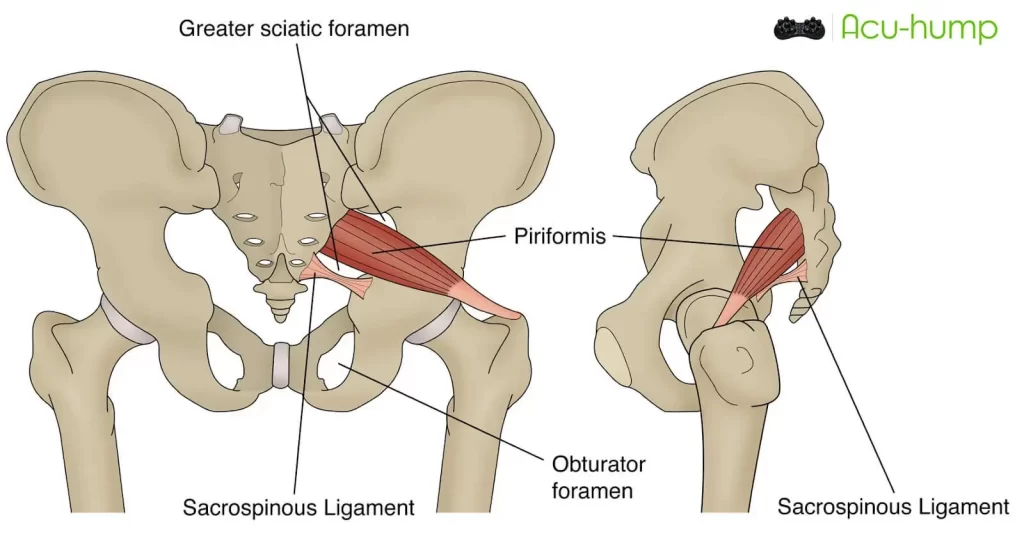
What does a tight piriformis feel like
Piriformis syndrome can be caused by factors such as overuse, muscle imbalances, trauma, or even anatomical variations. The most common symptom experienced by individuals with this syndrome is pain in the buttocks that radiates down the leg, often mimicking the symptoms of sciatica. Furthermore, the tightness and inflammation of the piriformis muscle can limit range of motion, making daily activities such as walking, sitting, or even sleeping uncomfortable1. Adapting self-care method is crucial in managing piriformis syndrome and minimizing its impact on your wellbeing.

What is Self-Piriformis Release
Self-piriformis release is a technique that focuses on relieving tension and reducing muscle tightness in the piriformis muscle. This can be done through various methods, including applying pressure and targeted stretching exercises. By performing these self-care techniques, you can effectively release tension and reduce inflammation in the piriformis muscle, thereby easing pain and promoting increased flexibility. Regular self-piriformis release can also improve blood circulation in the area, enhancing the healing process.
Acu-hump: 30-day return policy. No risk for you.
Techniques for Self Piriformis Release
When massage therapists aim to release trigger points and myofascial tension, they typically target 2 main issues.
One approach is compression, which involves applying pressure using fingers or even elbows. You can mimic this method using various tools. For instance, placing a lacrosse ball or tennis ball on the floor and sitting on it can help release tension in the gluteal muscles. You might also consider using a massage gun, although they are more suitable for post-workout relaxation rather than specifically targeting piriformis pain. Additionally, there are 4 other types of massage tools available.
Another technique is pushing, such as using the forearm to roll or the palms to push. Similarly, handheld massage rollers or foam rollers can achieve similar release and relief.
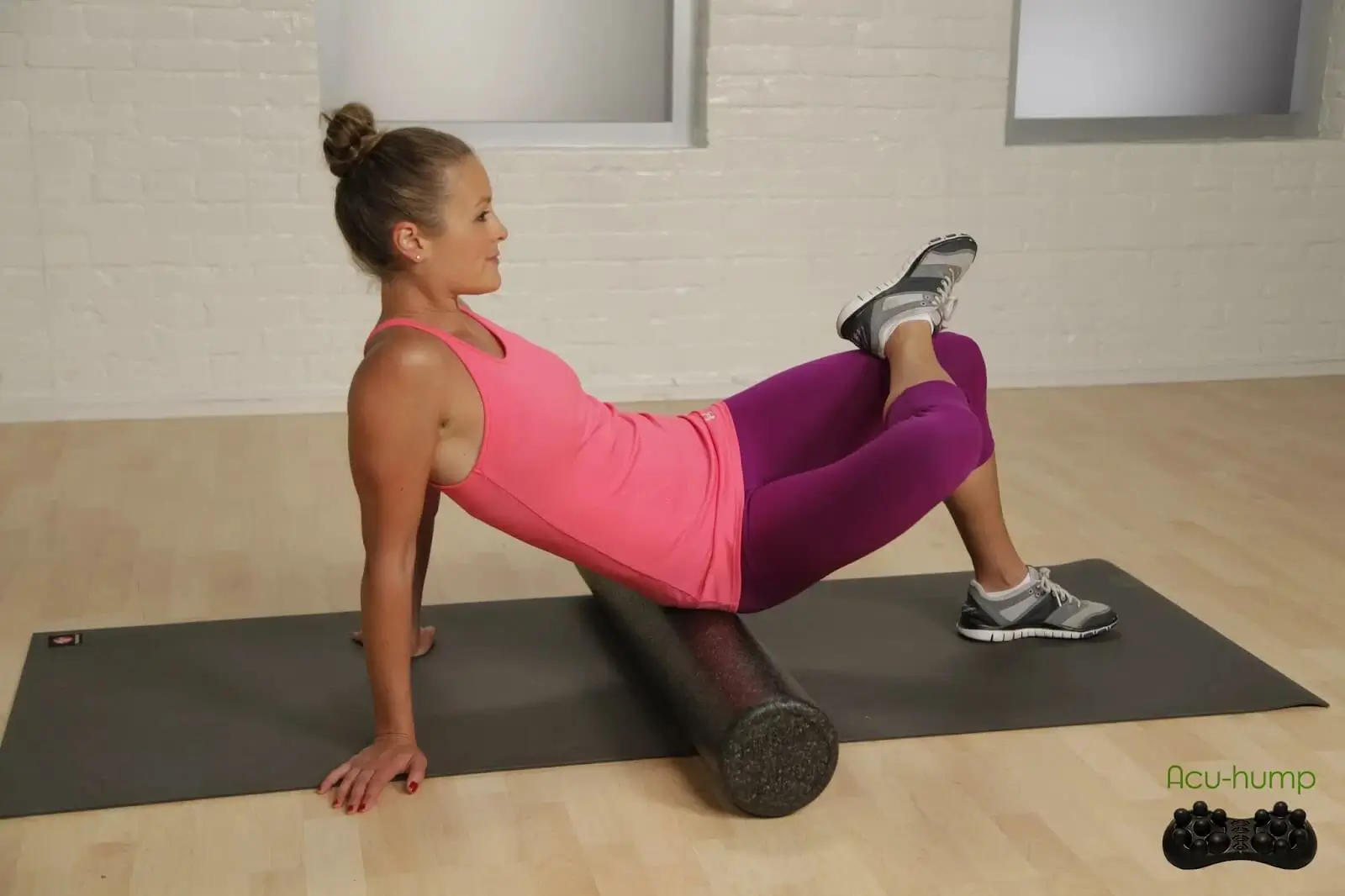
Acu-hump Piriformis Massager
Effective self piriformis release techniques include using specialized tools such as the Acu-hump, as well as performing specific stretching exercises.

The Acu-hump is a tool that targets the piriformis muscle, providing deep tissue massage and relaxation.
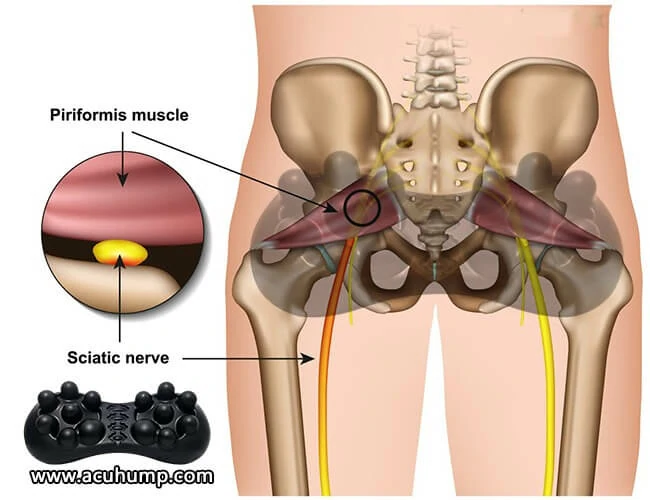
Acu-hump: Full refund policy. No risk for you.
By following proper techniques and guidelines, individuals can effectively use the Acu-hump to relieve tension and pain in the affected area. Additionally, stretching exercises targeting the piriformis muscle, such as stretches for piriformis syndrome and sciatica, can also be beneficial. It is important to learn proper form and technique to maximize the benefits and minimize injury.

Acu-hump: 30-day return policy.
You have no risk.
Precautions and Tips
It is important to start slowly when using self-release techniques for the piriformis muscle. Gradually increase the intensity and duration of stretches and self-massage to avoid further injury. Listen to your body and stop if you experience excessive pain. If the pain persists or worsens, it is advisable to seek professional guidance.
Additional Strategies for Managing Piriformis Syndrome
Combining self piriformis release with other complementary therapies can further enhance pain relief and improve flexibility. Heat or ice for piriformis syndrome can be applied to the affected area to reduce inflammation and provide temporary pain relief.
Applying topical creams or ointments with analgesic properties can also provide additional relief.
It is essential to maintain good posture and engage in regular exercise, specifically incorporating strength training and stretching exercises that target the affected area.
Seeking guidance from healthcare professionals, such as physical therapists or chiropractors, can ensure tailored guidance and support throughout your journey towards alleviating piriformis syndrome symptoms.
By prioritizing self-care techniques such as self-piriformis release, individuals experiencing piriformis syndrome can effectively manage pain and improve flexibility. Through the utilization of specialized tools like the Acu-hump and targeted stretching exercises, tension in the piriformis muscle can be relieved, leading to symptom alleviation.
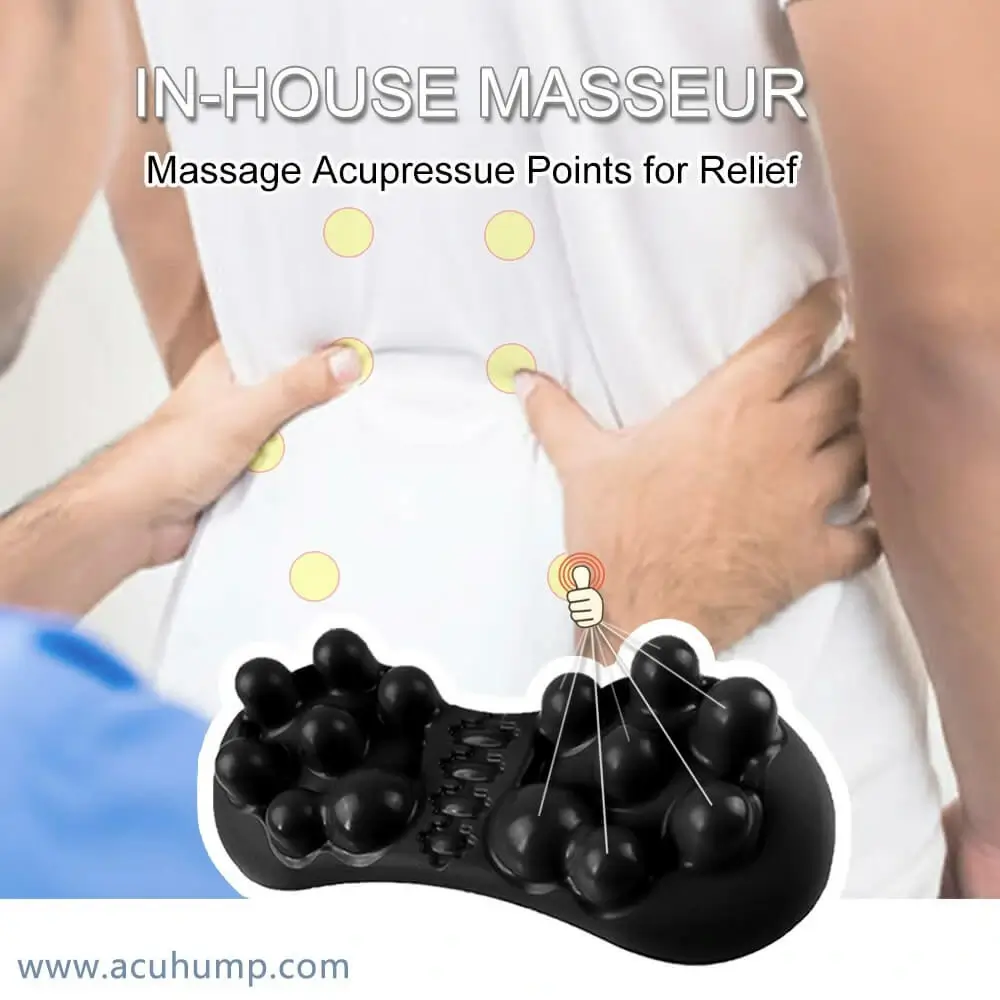
Acu-hump: 30-day return policy. No risk for you.
Prevention and Maintenance
Prevention and maintenance are vital for relieving and preventingpiriformis-related discomfort. Regular exercise and stretching are crucial for maintaining overall muscle flexibility. Activities such as yoga or Pilates can enhance core stability and support proper posture, reducing strain on the piriformis muscle. Additionally, maintaining a healthy lifestyle is important. This includes proper hydration, balanced nutrition, and stress management. Adequate hydration helps keep muscles hydrated and supple, while a balanced diet provides essential nutrients for muscle health. Additionally, managing stress levels can prevent muscle tension and tightness, reducing the risk of piriformis-related discomfort.
Additionally, combining these techniques with complementary therapies, maintaining proper posture, and seeking professional guidance, individuals can regain an active, pain-free lifestyle. Embrace self-care and empower yourself to overcome the challenges of piriformis syndrome, moving towards a healthier and more comfortable daily life.
